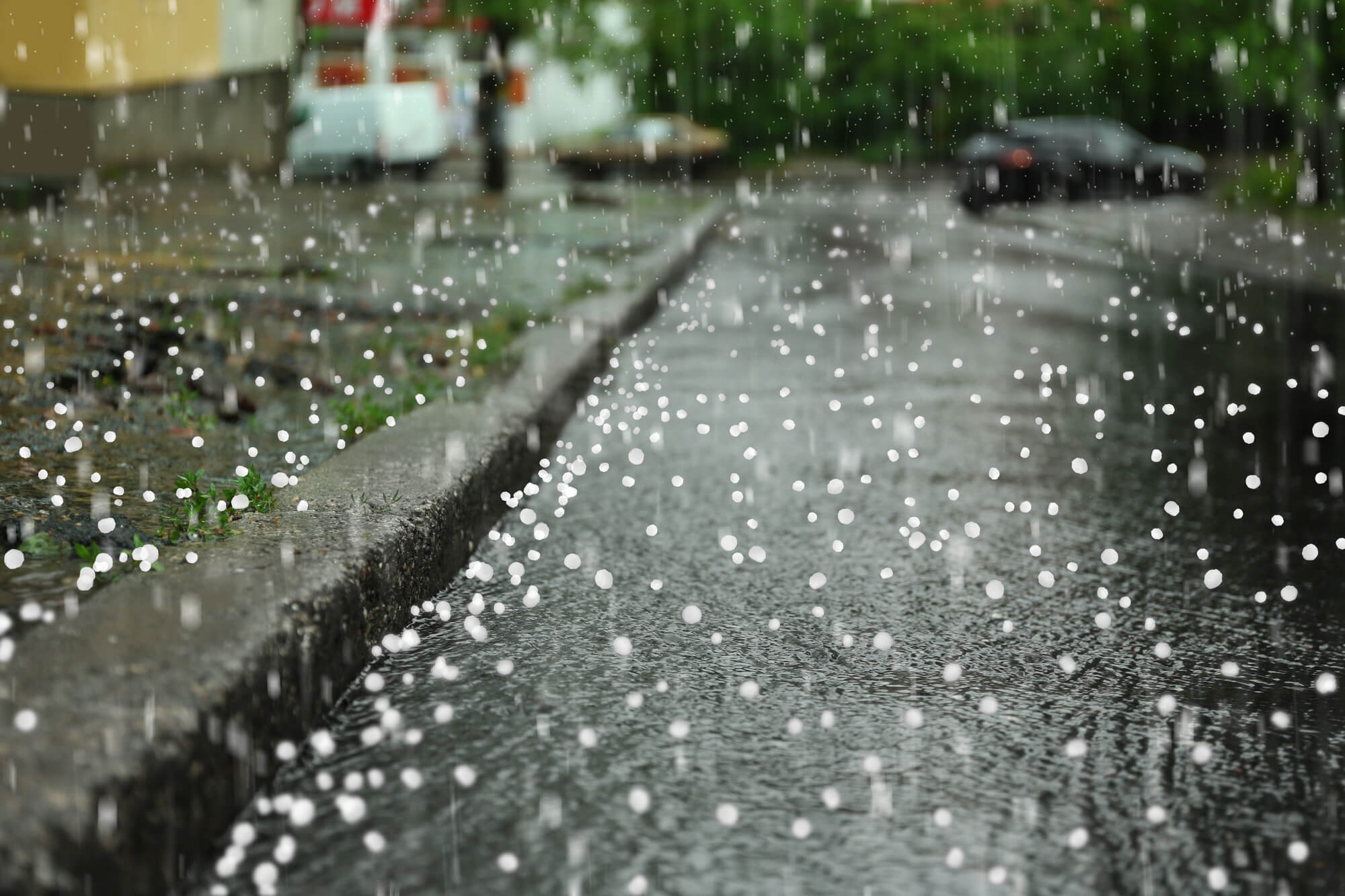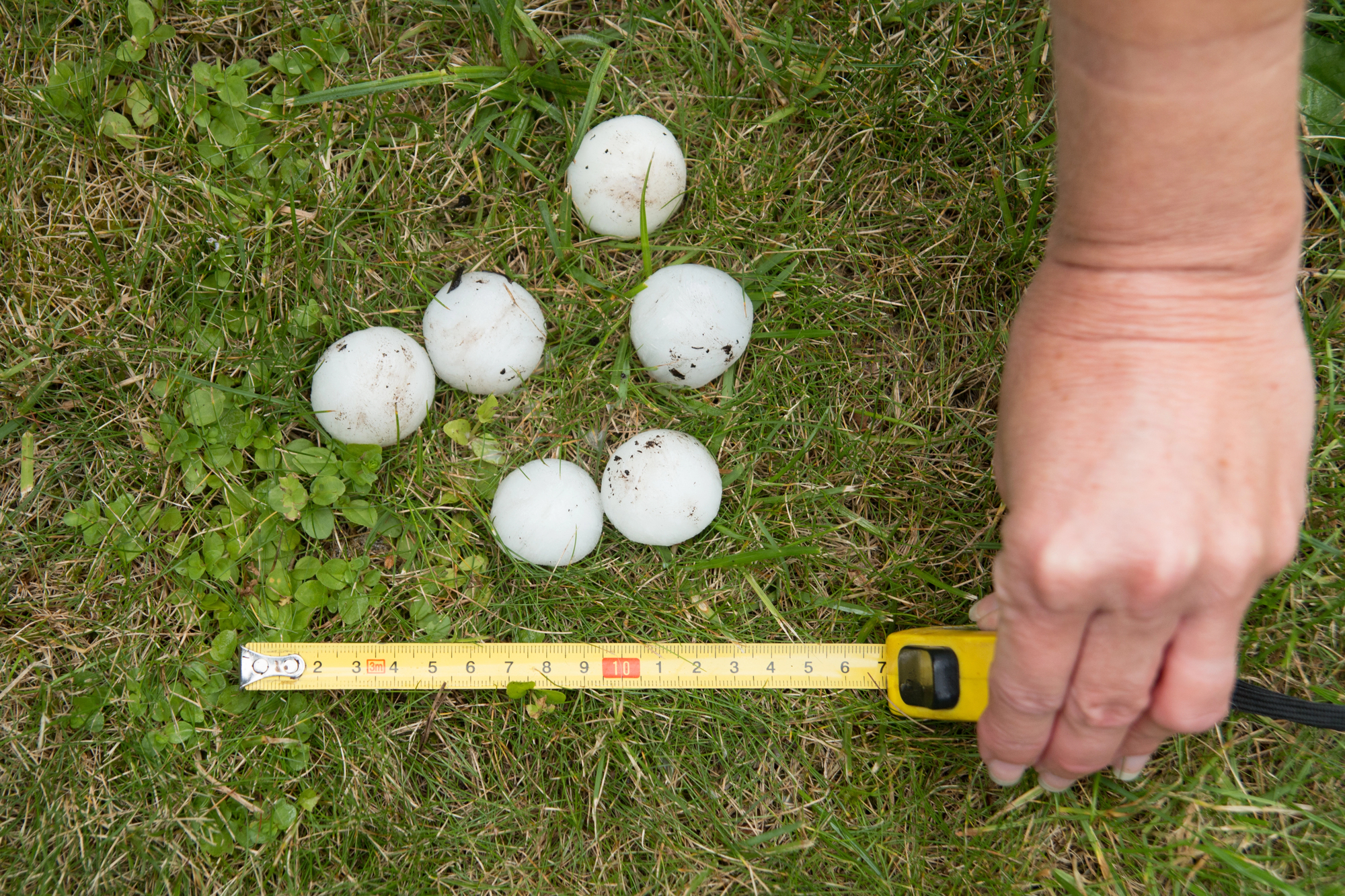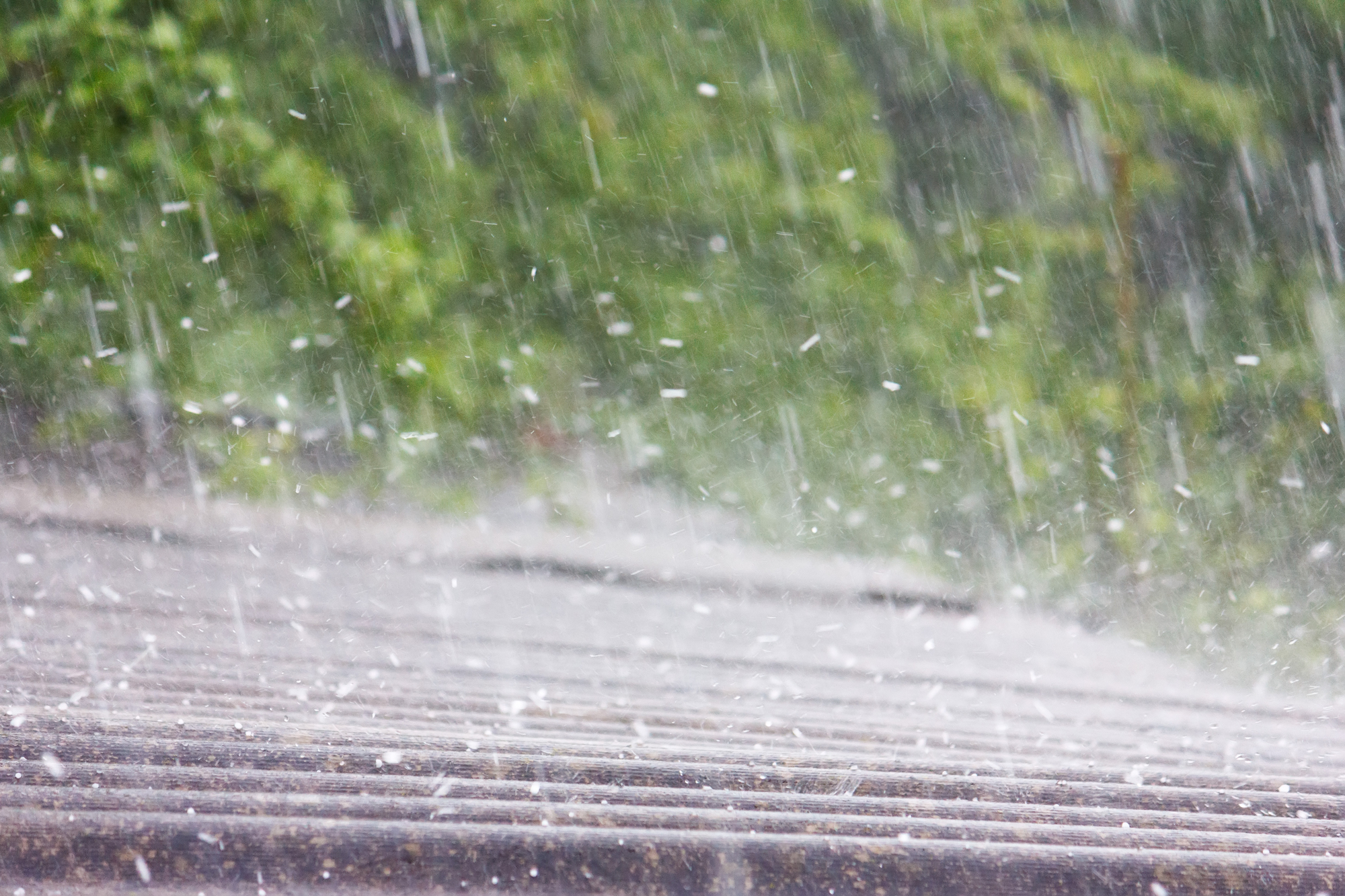December 31, 2025
Snow and Ice Management: Protecting Commercial Roofs and Building Exteriors from Winter Strain
Winter conditions like snow and ice create a very different operating environment for
Hailstorms are one of the most underestimated threats to commercial and residential properties. While it’s easy to dismiss the aftermath of a hailstorm as nothing more than a few dents or broken shingles, the reality is far more serious.
In fact, hailstorms now account for an estimated $15 billion in damage annually across the U.S., affecting homes, vehicles, and agricultural crops. To put that into perspective, the average annual damage in the 1990s was only around $1.2 billion, a staggering increase over just a few decades.
Even small hailstones can trigger a chain reaction of damage that may go unnoticed at first but worsens over time. The longer repairs are delayed, the greater the risk of structural weakening, moisture damage, and skyrocketing repair costs.
Delve into the long-term effects of hail damage and why postponing repairs like roofing maintenance and commercial water damage restoration after hailstorms can end up costing you far more in the future.

Hail damage isn’t always immediately apparent, and its full impact often goes unnoticed without a closer inspection.
While visible signs like dents or cracks are the first to catch the eye, the damage caused by hail can extend far beyond what is seen from the ground.
On commercial roofing systems, hail damage often presents in a variety of forms, including:
Beyond the visible damage to roofing materials, hail can also affect the exterior cladding systems, including EIFS (Exterior Insulation and Finish Systems) and fenestration components like windows and curtain walls.
When hail is wind-driven, it gains additional kinetic energy, which can cause even more severe damage to these surfaces.
The progression from minor hail impact to structural compromise typically follows a predictable path, especially in the absence of early remediation.
Initial penetration of roofing materials allows moisture to accumulate within the insulation layer, initiating thermal degradation, loss of R-value, and eventual saturation.
When left unaddressed, the following outcomes are common:
Over time, the sustained presence of moisture facilitates rot, expansion-contraction cycles, and adhesive breakdown in layered roof assemblies. The integrity of the building envelope is compromised, increasing the risk of interior damage. In large facilities, this can translate to significant operational disruptions, from ceiling tile collapse to electrical hazards and equipment failure.
Exterior wall systems, particularly those utilizing stucco, EIFS, or fiber cement, are also at risk. Impact can fracture finishes and allow water migration behind the cladding, leading to unseen mold development and sheathing damage.
Thermal inefficiencies may also arise from insulation saturation or airflow obstruction, resulting in elevated energy costs.
From an asset management perspective, unaddressed hail damage poses a direct threat to valuation. Appraisers often factor roof condition and building envelope integrity into market assessments.
Evidence of neglected maintenance or visible damage can lead to depreciation or unfavorable comparisons during underwriting, refinancing, or sale negotiations.
In terms of insurance, delays in documentation and repair frequently result in claim complications. Most policies include a limited claims window, requiring documentation within a specific period following the weather event.
Failure to comply may lead to:
Adjusters may also reduce or deny coverage if maintenance neglect is observed. For this reason, early reporting and documentation of hail events are critical, ideally including time-stamped photographs, inspection reports, and a written repair plan.

Cost progression is a key consideration when repairs are deferred. What begins as a budget-friendly membrane patch due to a puncture can escalate into a more expensive replacement if moisture is allowed to spread unchecked.
The economic impact of delay is magnified in large or complex facilities, particularly those with flat or low-slope roofs where drainage is already a concern.
Delaying repairs doesn’t only increase scope, it also increases pricing. Inflation and supply chain volatility have caused spikes in material costs, particularly for roofing membranes, insulation, and steel fasteners.
A delay of even six months may result in a higher project estimate due to increased material pricing or reduced labor availability. In today’s market, timing is a critical factor in maintaining cost control.
Minimizing long-term hail-related loss requires a proactive approach. The following actions are recommended for commercial property owners:
By treating hail damage as a facility management priority rather than a minor inconvenience, long-term asset performance can be preserved and unexpected financial strain avoided.
While hail damage may not appear catastrophic in the moment, its long-term effects are anything but minor. Delaying necessary repairs invites moisture intrusion, material failure, and escalating costs that often exceed initial expectations.
The unseen breakdown of roofing systems, wall assemblies, and internal components can jeopardize building safety, energy performance, and property valuation.
By recognizing the threat early, documenting it, and acting as soon as possible, commercial property owners place themselves in a stronger position, both financially and operationally.
Insurance claims are processed more efficiently, structural systems are protected, and restoration expenses remain manageable.

BlueTeam specializes in full-service commercial restoration, reconstruction, and roofing. With a nationwide response capability and deep expertise in post-hailstorm recovery, we support property owners through every phase—from inspection to final repair.
Our complimentary roof inspections are designed to identify existing hail damage and prepare your roof for the next storm season. Whether it’s a recent impact or long-term degradation, trust BlueTeam to deliver high-quality solutions that safeguard your investment.
Contact BlueTeam today to schedule your free commercial roof inspection or to learn more about our restoration and construction services.